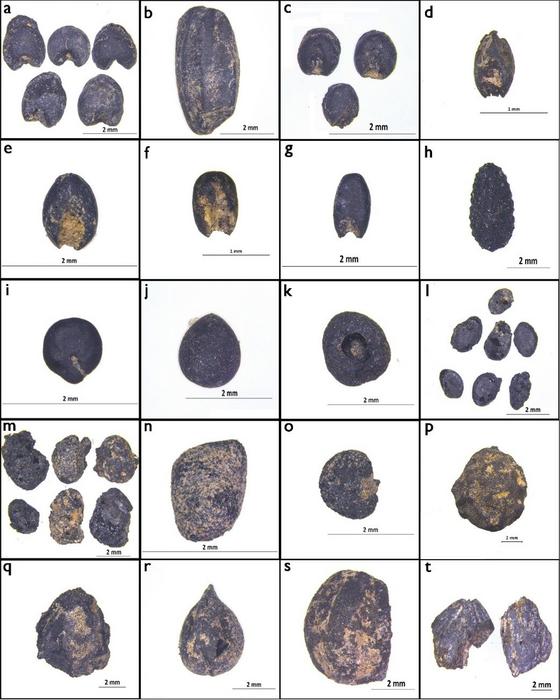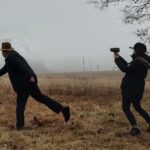USTC finds evidence of the formation and structural evolution of prehistoric agricultural economy at Changge Shigu during the Yangshao culture period (ca. 6400-5300 cal. BP)
A research team led by Prof. YANG Yuzhang from the University of Science and Technology of China (USTC) of the Chinese Academy of Sciences (CAS) investigated the human subsistence strategy evolution of agricultural structure during the Yangshao culture period (ca. 6400-5300 cal. BP) at Changge Shigu, a representative prehistoric site in the Central Plains region The study was published in Archaeological and Anthropological Sciences on July 21.

Previous studies have shown that in the middle and late Yangshao culture (ca. 6000-5000 BP), all major regional civilizations in China established agricultural production as the mainstay of the ancestors’ living economy. The Central Plains region, with west-central Henan and south-central Shanxi as its core, played a leading role in the origin and early development of Chinese civilization, which is closely related to the sustained development of the agricultural economy and the formation of a diversified crop cultivation system in the region 6000 years before present. However, lack of reliable archaeobotanical evidence and accurate chronological data, the archaeological community is still unclear about the exact time and structural evolution of the Yangshao-era agricultural economy in the region.
In this study, the researchers employed the method of analyzing the charred plant remains, combined with the high-precision accelerator mass spectrometer (AMS) 14C dating of a series of samples. The results showed that the identifiable charred plant remains found in the flotation soil samples of the Yangshao culture period at the Shigu site are dominated by three kinds of crops planted by the ancestors, namely broomcorn millet, foxtail millet, and rice, as well as various kinds of field weed seeds, among which the crops occupied a dominant position. the proportion of rice is lower than those of millet. Weed seeds are predominantly from the grass family.
The results also showed that agricultural production based on the cultivation of two types of millets, namely the dryland crops, has become the main way of obtaining plant food resources for the ancestors of Shigu, and the main position of the agricultural economy in the Central Plains region has been established 6400 years ago. Since the Yangshao culture 6000 years ago, the proportion of rice in the site significantly declined. The millets took an absolute main position in the agricultural structure. This change is attributed to the deterioration of the climate environment at that time.
This study clarifies for the first time the exact time of the formation of the prehistoric agricultural economy in the Central Plains, the core area of the origin of Chinese civilization, as well as the evolution process of the economic structure of rice and millet farming and its possible driving factors in the Yangshao culture period (ca. 7000-5000 BP) in the study area. The results provide key research materials for the evolution of prehistoric human subsistence strategy, agricultural economy, and the origin of civilization in the Central Plains region.
Bibliographic information:
Mixed farming of rice and millets became the primary subsistence strategy 6400 years ago in the western Huanghuai Plain of Central China: New macrofossil evidence from Shigu, Archaeological and Anthropological Sciences (21-Jul-2023), DOI: 10.1007/s12520-023-01821-5
Press release from University of Science and Technology of China – USTC


